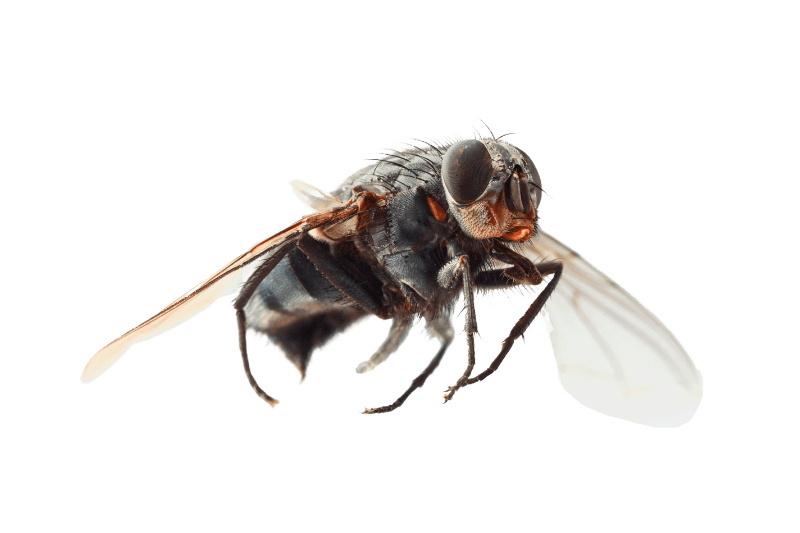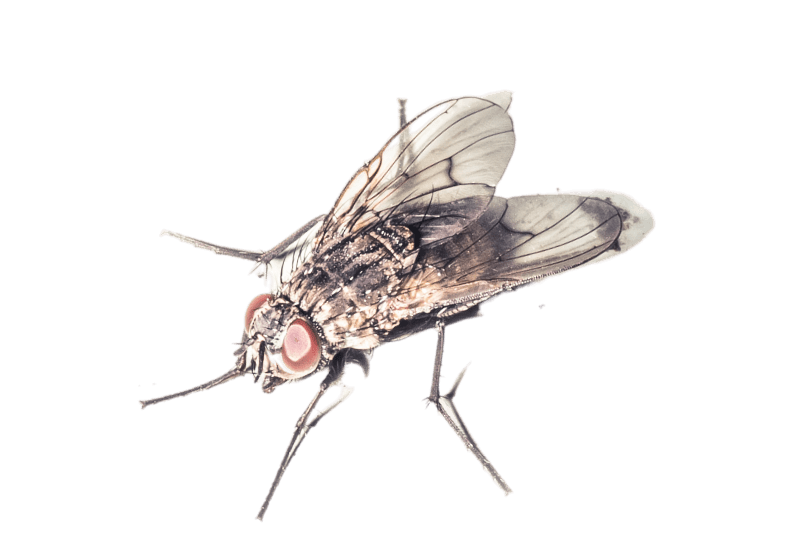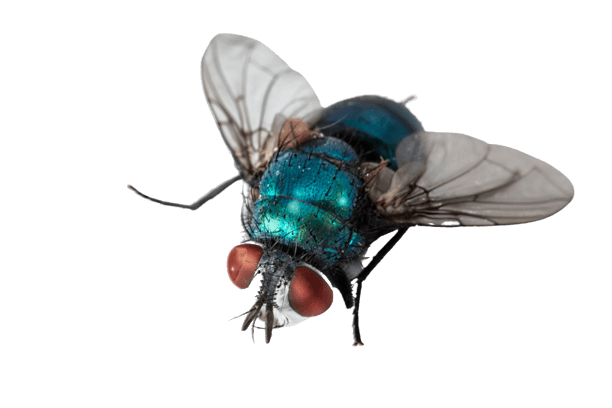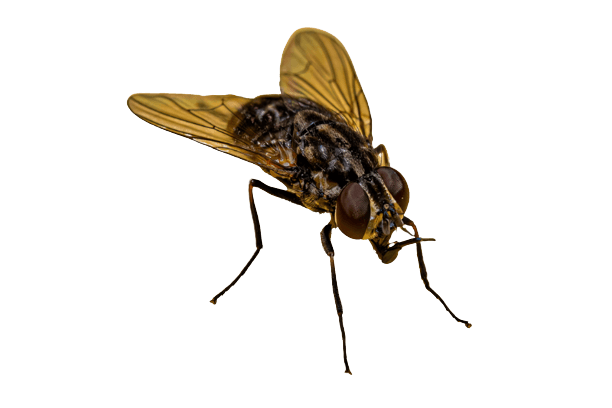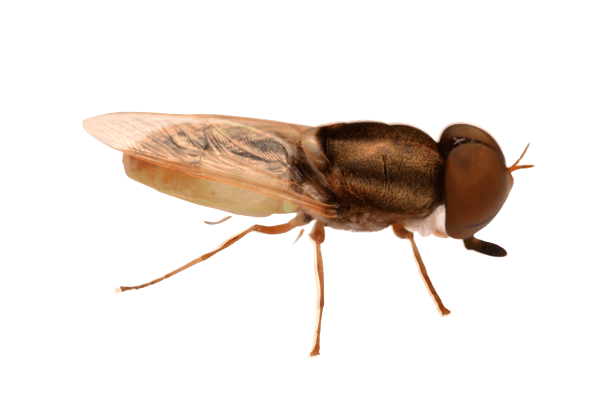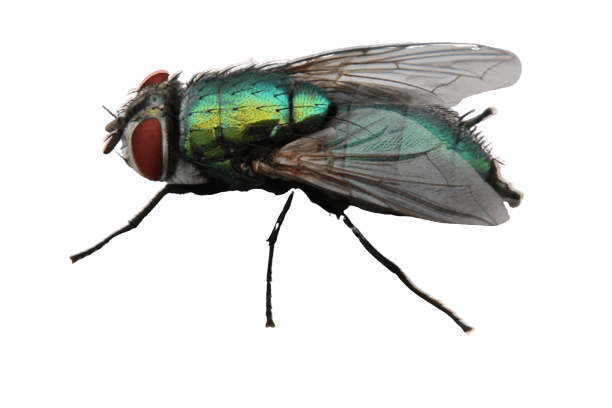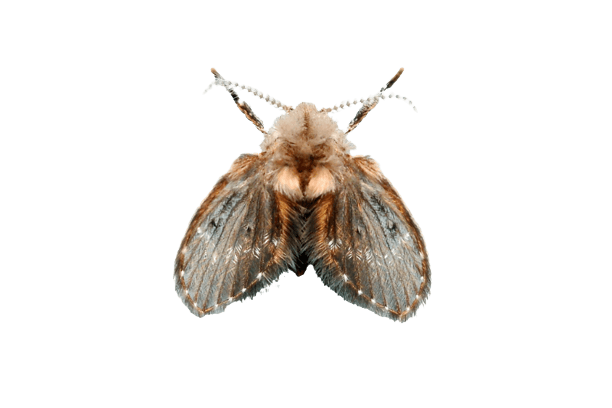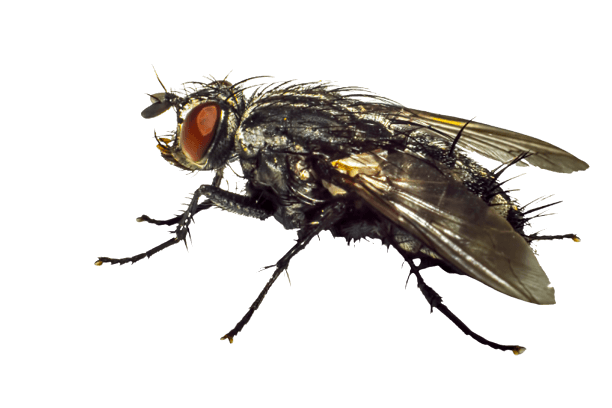Fly Control Philippines
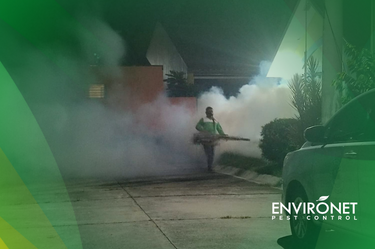
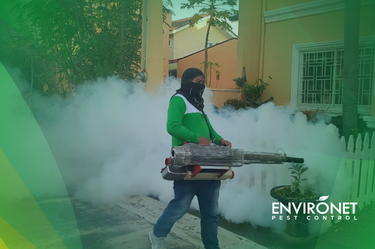
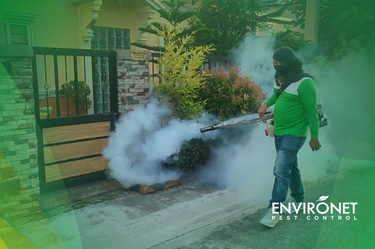

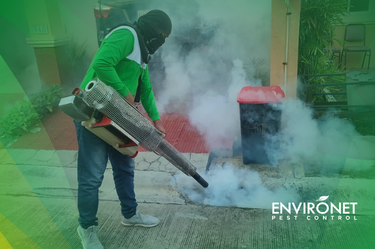
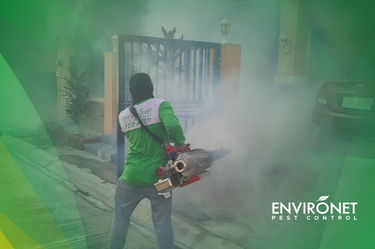
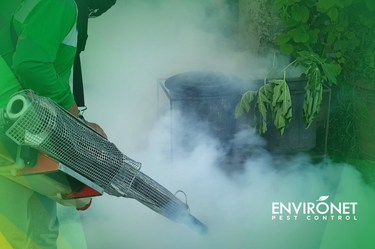
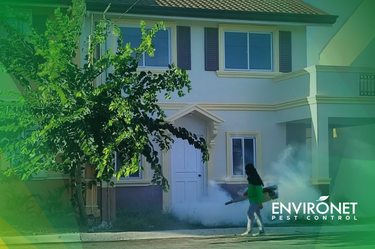
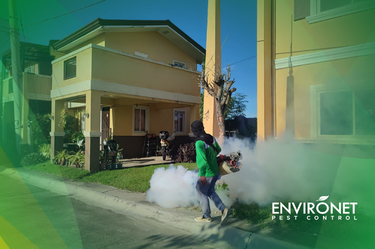
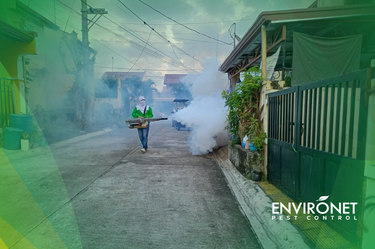
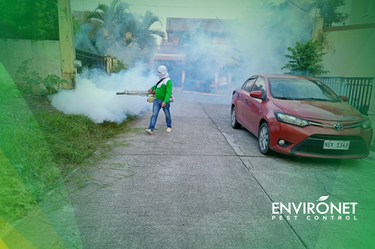
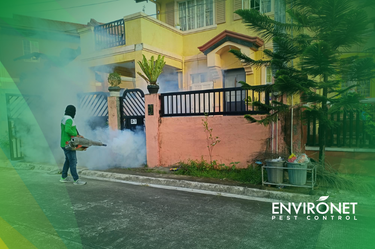
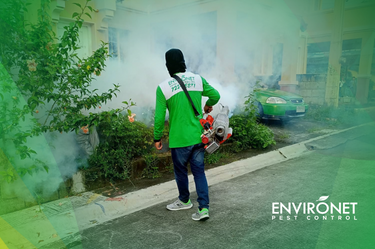
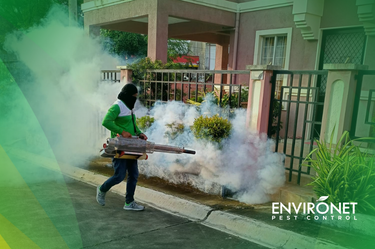
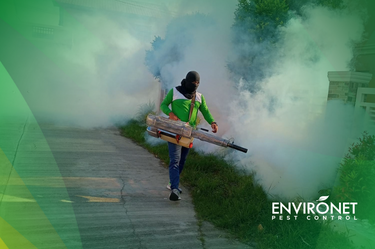
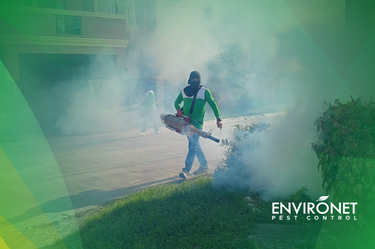

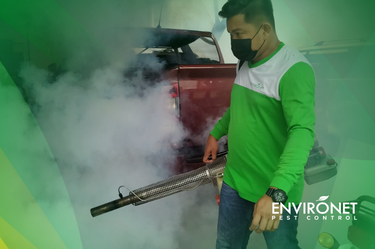

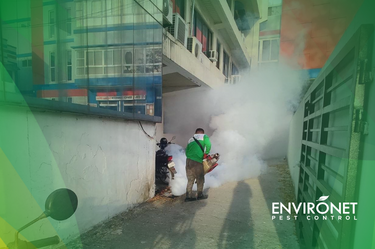
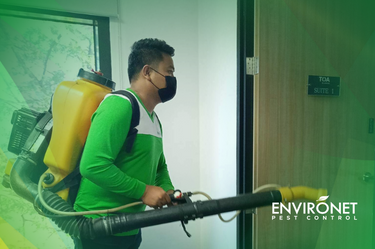

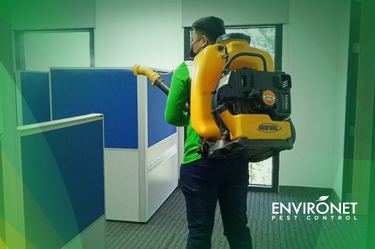

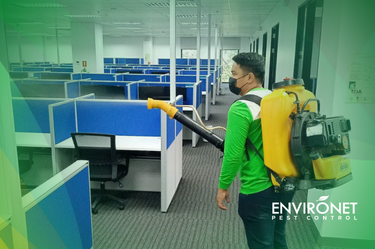


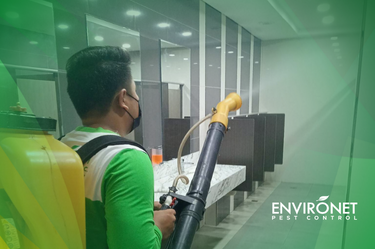
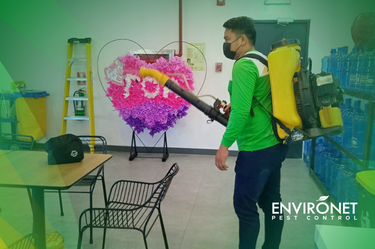
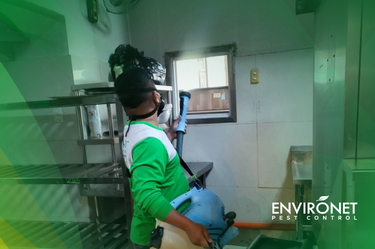
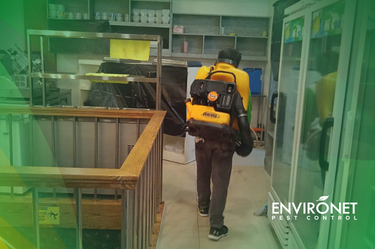
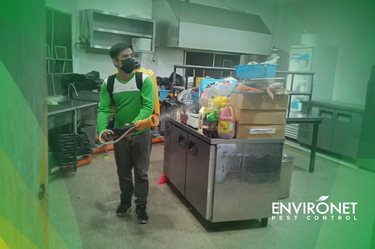
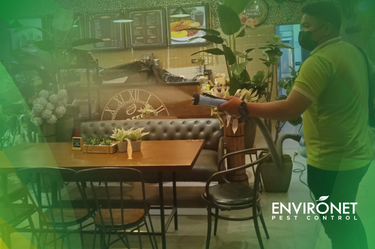
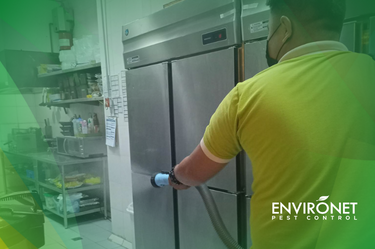
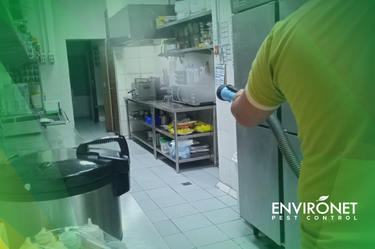


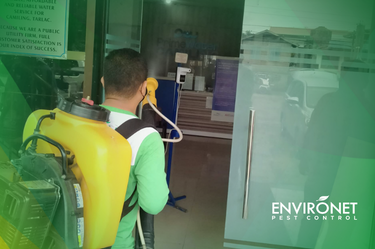
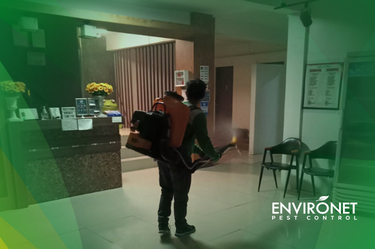
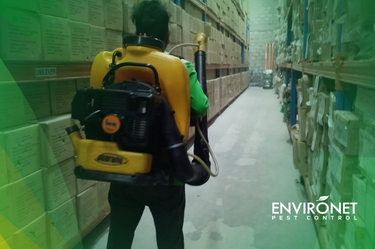

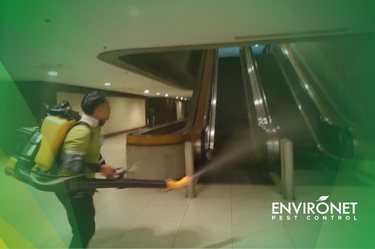
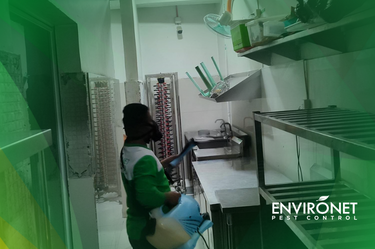

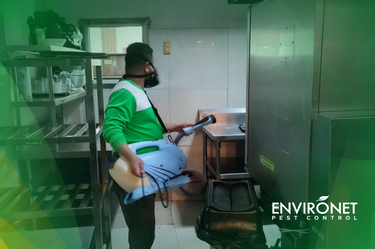
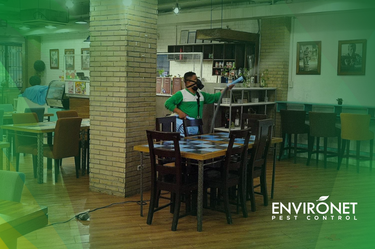
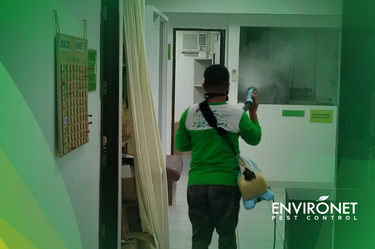
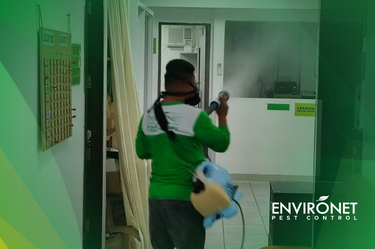
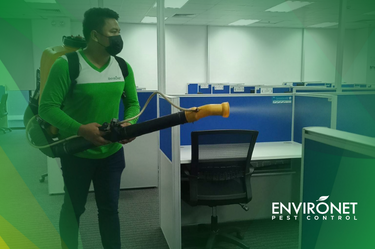
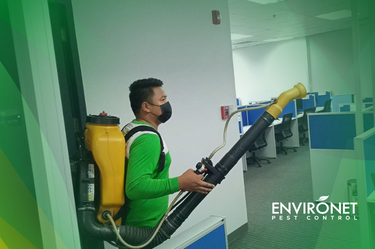
Fly Control
Fly control is an essential measure to prevent and manage fly infestations. Flies are a common pest that can be categorized into various types, including filth flies, moth flies, and cluster flies. These pests can reproduce quickly and lay eggs in organic material, such as food waste, decaying vegetation, and animal waste.
We are your trusted partner in eliminating and preventing fly infestations in your home or business. We understand the importance of a clean and healthy environment, and our fly control services aim to address your fly problem and prevent future infestations. In this page, we will discuss our fly control methods, the common fly species found in the Philippines, and how to prevent fly infestations.
Common Fly Species in the Philippines
Dangerous Facts About Flies
Dangerous Facts about Flies
Flies are not only a nuisance but can also pose several health risks to humans. Here are some dangerous facts about flies:
Flies can transmit a range of diseases to humans, including cholera, typhoid, dysentery, salmonellosis, and E. coli. They pick up pathogens from feces, decaying matter, and other contaminated surfaces and then transfer them onto food and surfaces that humans come into contact with.
Some people are allergic to fly saliva, feces, and body parts, which can cause skin rashes, itching, and hives.
Filth flies such as house flies can spread eye infections like conjunctivitis or pink eye.
Flies can lay hundreds of eggs at a time, which can hatch within hours. A small fly infestation can quickly turn into a major problem if not controlled.
Flies feed on various organic materials and can be a source of contamination, posing health risks to humans and animals. Therefore, it is essential to implement fly control measures and maintain a clean environment to reduce the risk of fly-borne diseases.
To prevent these dangers, it is essential to control flies and other fly pests through proper sanitation and fly pest control methods.
Preventing Fly Infestation
Preventing Fly Infestation
To prevent fly infestations, it is important to identify and eliminate breeding areas and maintain proper sanitation practices. Here are some tips for preventing fly infestations:
- Remove garbage and food waste promptly and dispose of them properly.
- Repair damaged weather stripping and window screens to prevent flies from entering your property.
- Clean drains and garbage cans regularly to prevent fruit flies and drain flies from breeding.
- Store food in sealed containers and refrigerate perishable items.
- Keep your property clean and free from organic matter that can attract flies.
Fly pest control methods may include the use of insecticides and fly traps. However, it is crucial to use them correctly and safely. Prevention is always the best approach to control flies.
At Environet Pest Control, we are committed to providing long-term solutions to your fly pest problems. Our expert team uses effective fly control methods to eliminate and prevent fly infestations, so you can have a clean and healthy environment. Contact us today to get rid of flies and prevent future infestations.
Our Fly Control Methods
Our Fly Control Methods:
Larvicide - A larvicide is a type of insecticide that targets and kills the larvae stage of insects. Using larvicide can help prevent an infestation before it becomes a serious problem, by controlling the population of insects before they mature into adults.
Adulticide - is a type of insecticide used to kill adult flies.
Both are to be applied by pest control professionals like our EnviroTechs for proper application.
Ultra-Low Volume (ULV) Misting Treatments – For wide spaces, we use a machine to disperse our FDA-approved and green-labeled chemicals to cover all surfaces including hard-to-reach areas. They come in residual forms, aerosols, or fogging materials.
Insect Light Traps (ILT) - These are units with distinctive UV spectrums installed on and within the building that attract and capture flying insects.
Our Service Process
Inspection
Identification
Agreement
Treatment
Prevention
Having Fly Problems?
We offer fly control in residential, commercial, industrial properties in the Philippines; eliminating and preventing fly infestations.

